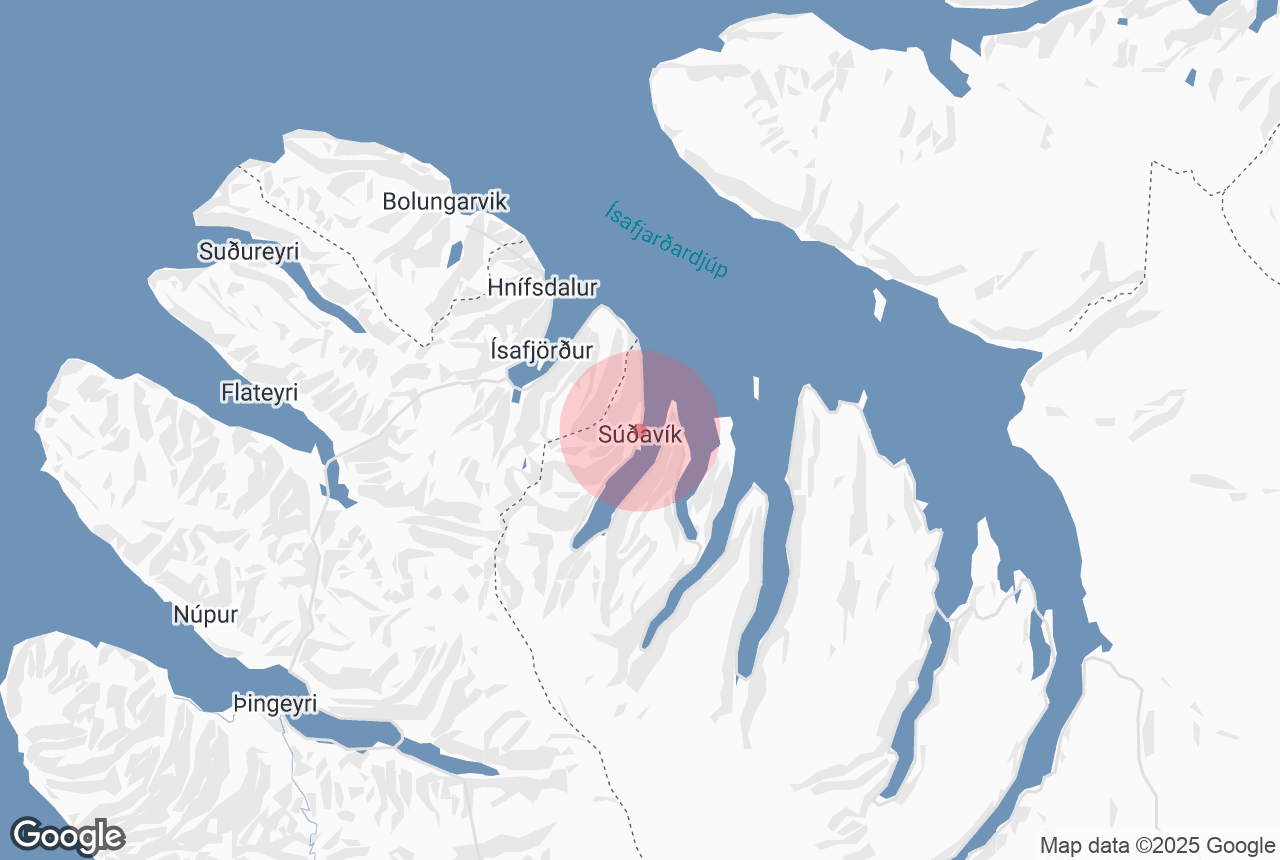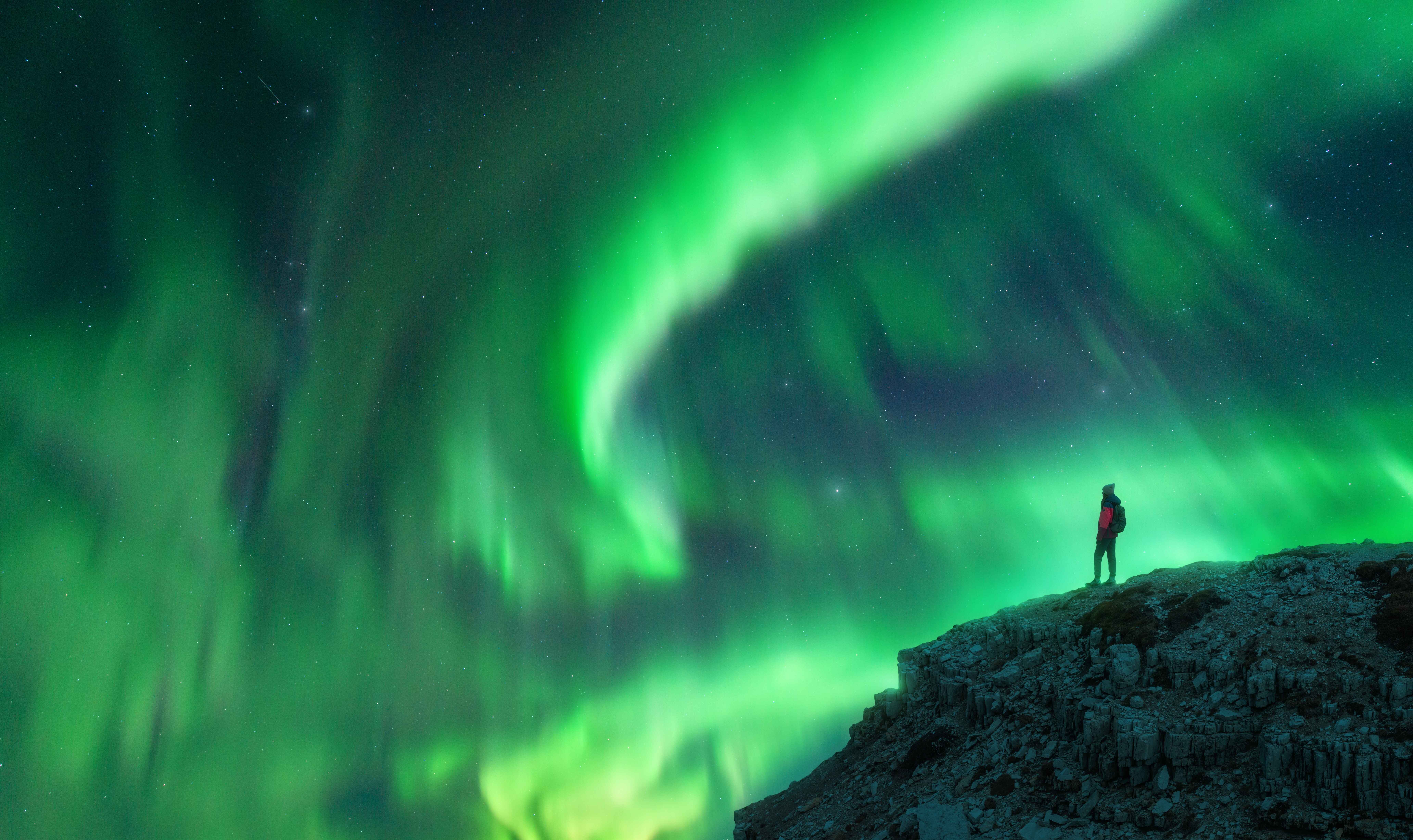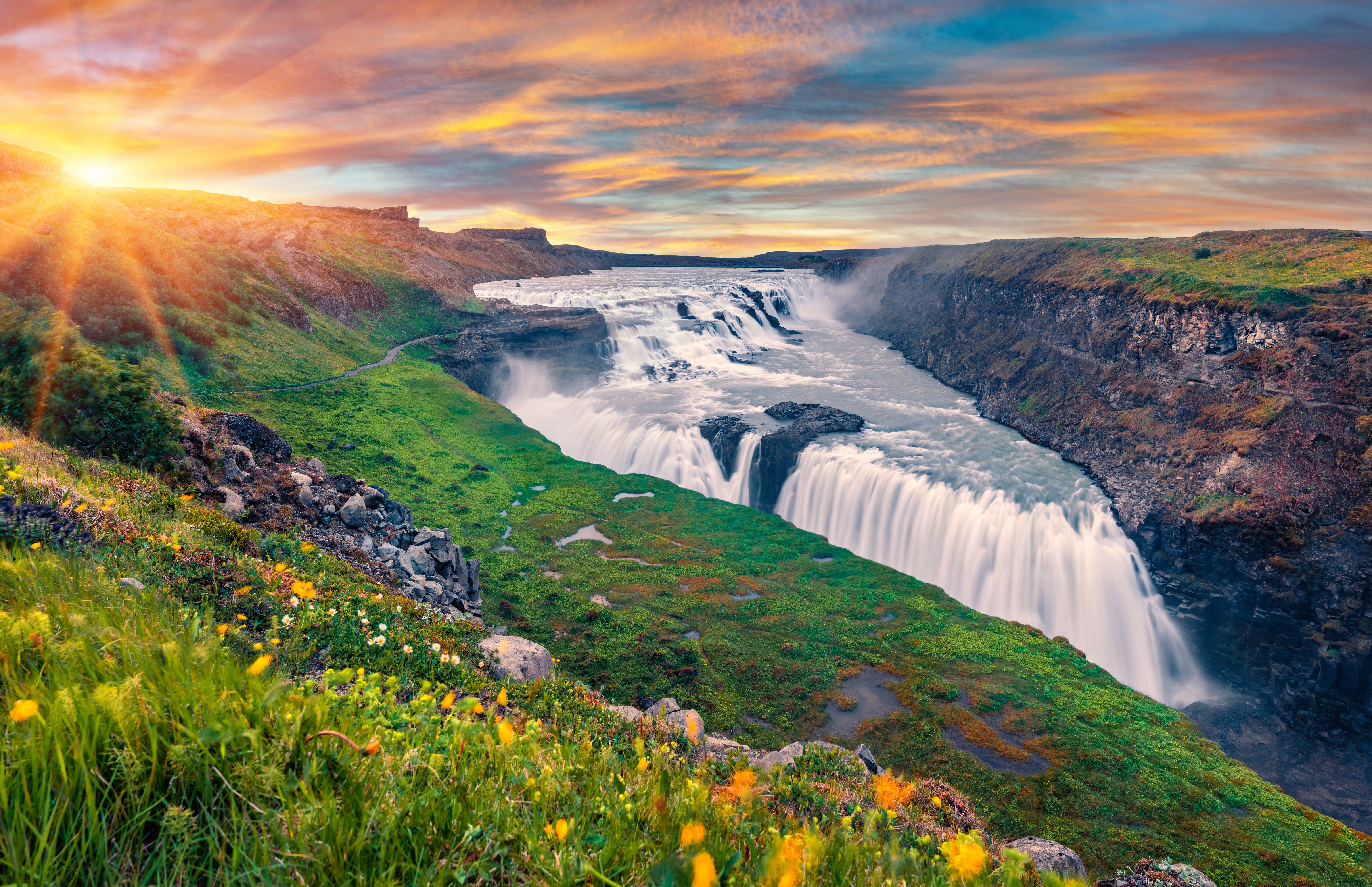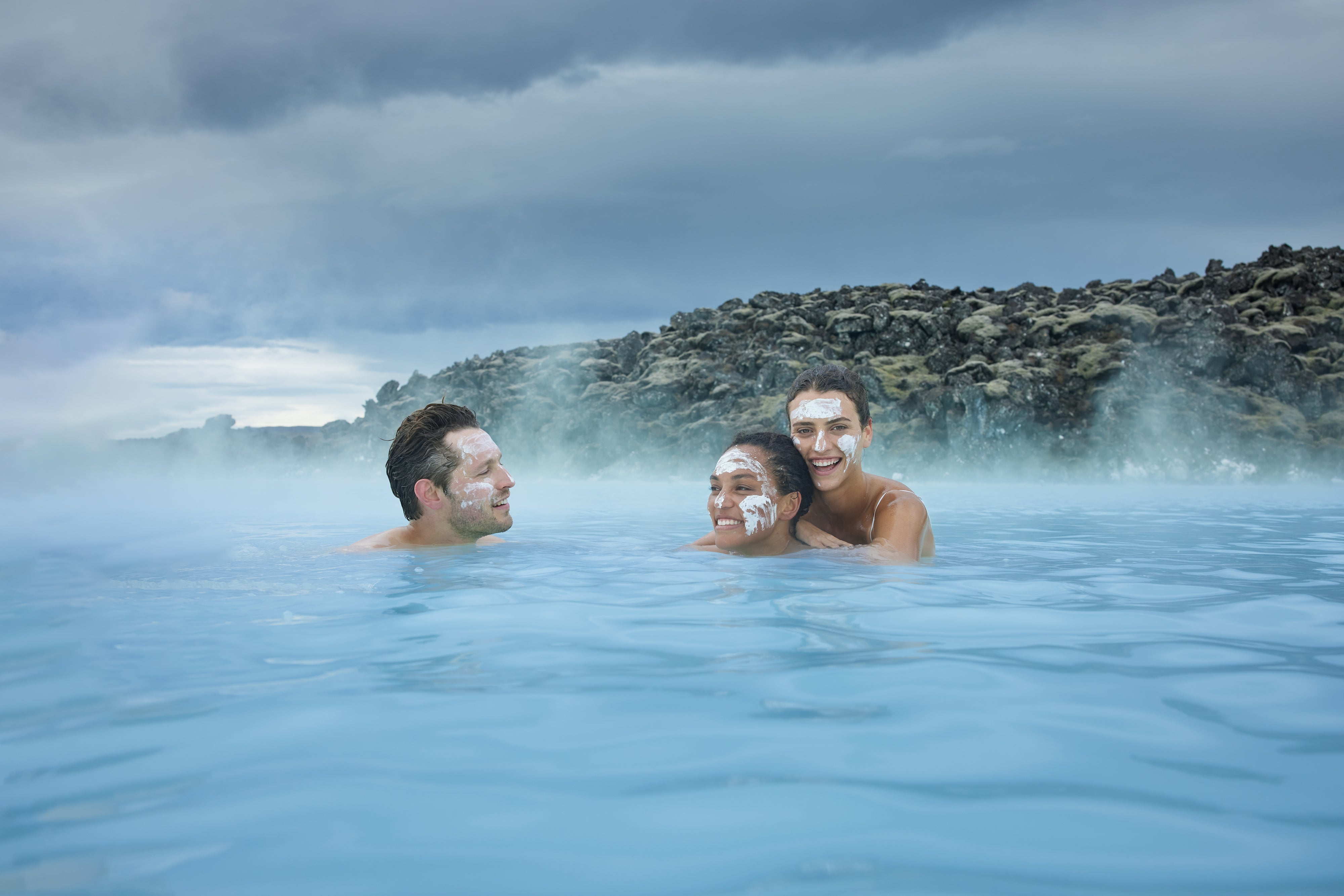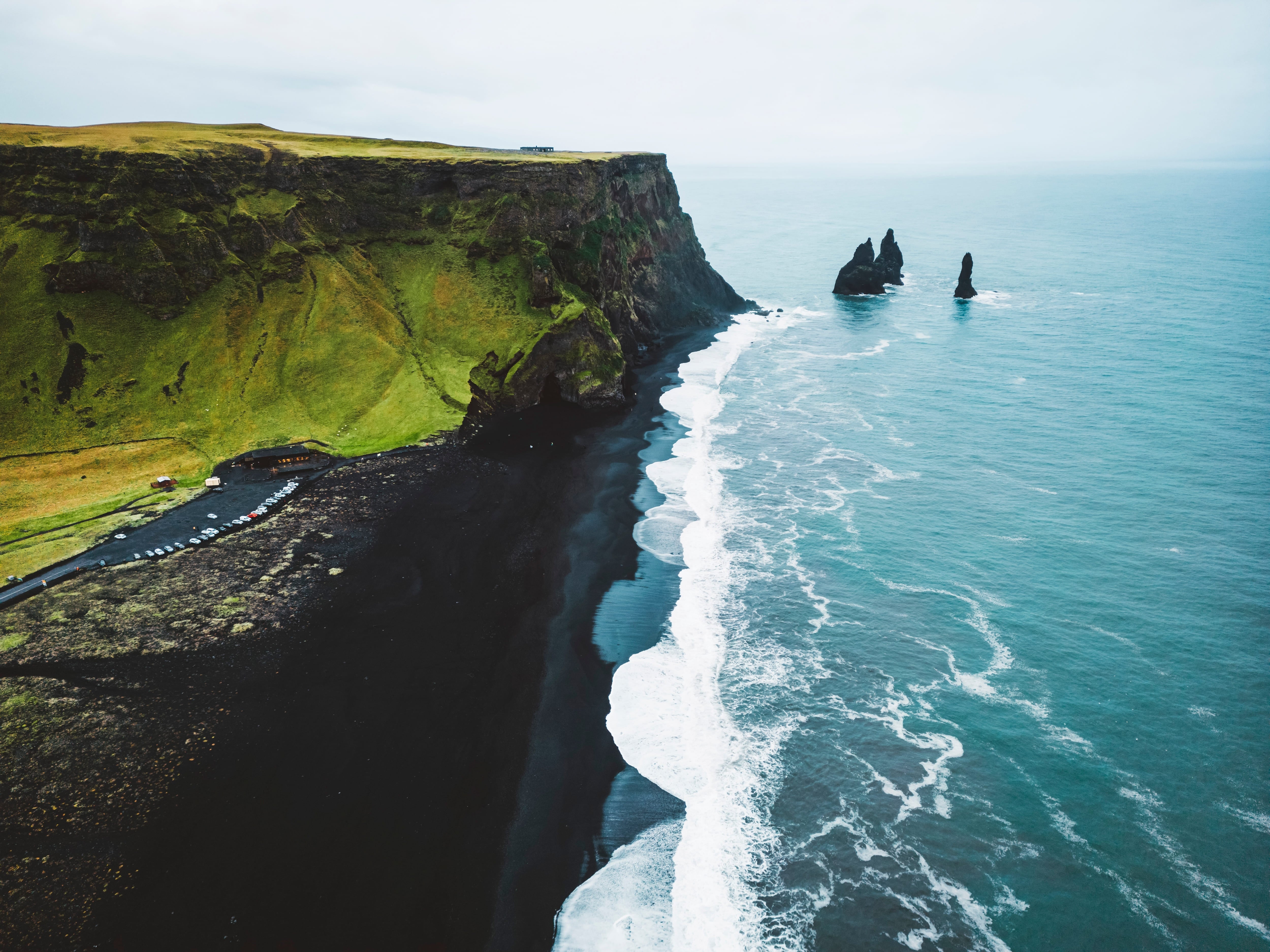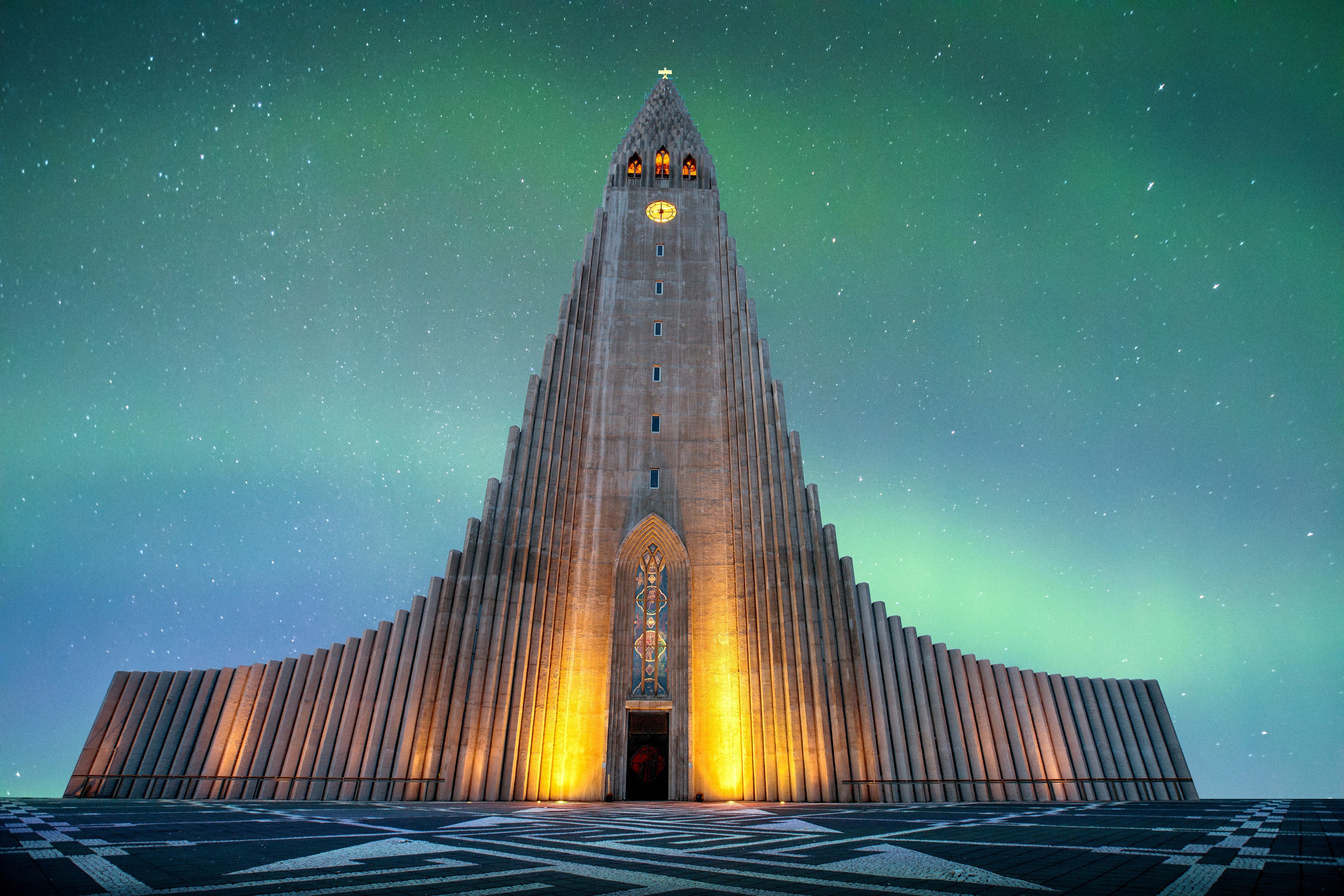Súðavík is a fishing village and municipality in the Westfjords of Iceland, positioned just off the West Coast of Álftafjörður.
Súðavík is only a couple of minutes drive to Ísafjörður, and the two settlements have long been interconnected through trade and culture. The village’s primary industries are tourism, fishing and fish processing.
저희의 콘텐츠를 신뢰할 수 있는 이유
가이드투아이슬란드는 아이슬란드에서 가장 믿을 수 있는 여행 플랫폼으로, 매년 수백만 명의 여행객이 저희와 함께 아이슬란드를 방문합니다. 저희의 모든 콘텐츠는 아이슬란드를 누구보다 잘 아는 현지 전문가들이 작성하고 검토하므로, 정확하고 신뢰할 수 있는 최신 여행 정보만 제공합니다.
Explore the best of the east on a Westfjords tour.
History
In 1995, Súðavík was hit by an avalanche that killed fourteen people and destroyed numerous buildings. Weather conditions made the rescue operation difficult, but the Icelandic people raised over 300 million krona ($3,000,000) to aid the effort. Because of the still underlying danger, it was decided that Súðavík would be moved to a safer location.
A year after the avalanche, 51 new houses were built at the new settlement and 8 more had been moved from their original placement. Houses at Súðavík’s original location are now used as Summer chalets for tourists. The freezing plant still exists and operates much as it did before the 1995 avalanche.
Culture
One of the most prominent cultural features of Súðavík is the Raggagarður Family Park. This garden and children’s playground was the dream of Vilborg Arnarsdóttir, who began work on the project following the death of her son, to whom the park is dedicated. It was Vilborg’s intention to create a dedicated space where parents and children could bond over outdoor activities whilst visiting the Westfjords. The area was formally opened on August 8th, 2015, and now includes barbeque facilities, public seating for arts and cultural events and two children’s play areas.
Arctic Fox Centre
Súðavík is also home to the Arctic Fox Centre, a non-profit research centre and enclosed exhibition dedicated to one of Iceland’s most famous and elusive residents. The centre was founded in 2007 by the late Páll Hersteinsson PhD and his student, Ester Rut Unnsteinsdóttir MSc, with an emphasis on education, eco-tourism and protection. In 2010, the centre opened to the public, with the museum being divided into two parts; the first, dealing with the biology and behaviour of the Arctic Fox, the second focused more heavily on Iceland’s relationship with their only native mammal.
